A deal was made on the expansion of the Port of Aarhus, making a breakthrough in the years long discussion. In a much smaller extent, the construction of it was greenlighted by the Social Democrats, the Conservatives and Venstre. But others are questioning the decision, with Enhedslisten, Nye Borgerlige, De Radikale and independent Jakob Søgaard Clausen not in on the deal.
By: Vladimir Nezdaril and Anna Sofie Grebe Oestergaard
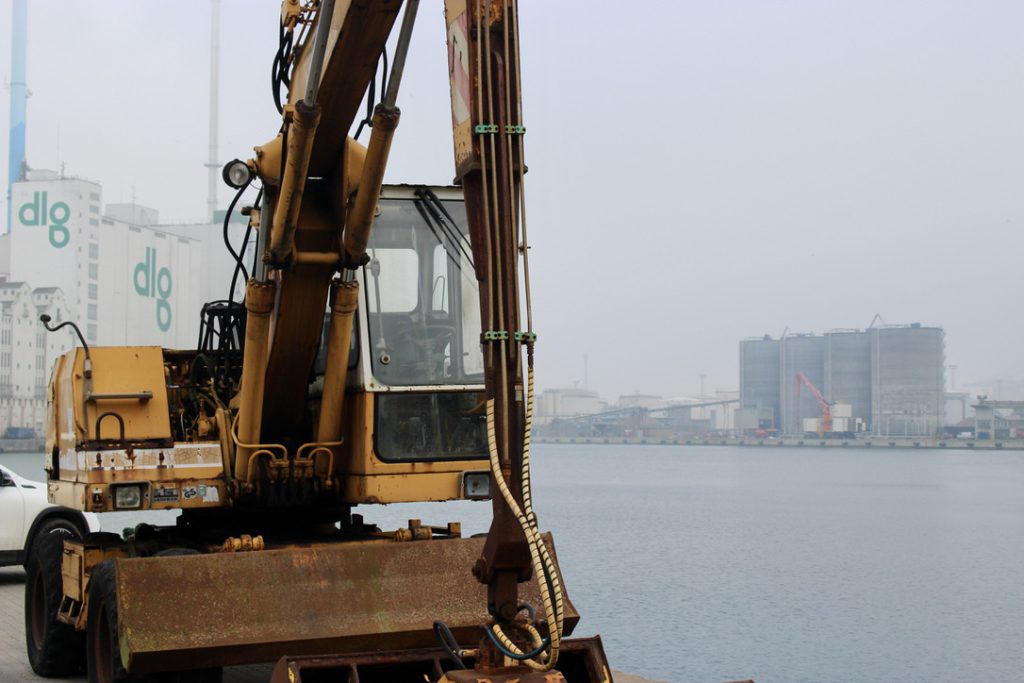
“Either they are going to do harm, or they are going to do some really bad damage,”
states Marcus during a meeting of Den Grønne Ungdomsbevægelse, the Green Youth organization branch in Aarhus. In Mellemfolk café, a volunteer-run establishment located in the heart of Aarhus, just a fifteen-minute-long bike ride away from where the new port might stand, him and Carl Emil share their concerns about the expansion of the Aarhus port.
A new agreement emerges
A couple of hours later, the negotiations about the expansion of Aarhus harbor finished and brought a temporary end to the lengthy discussion about its construction – at least on the official level. The city council confirmed the desire to build, even though at a much smaller scale. In the now accepted proposal, the port will grow by 43 hectares. While the Mayor, Jacob Bundsgaard, assured the public that the works on the new part of the port will be completely CO2 free, the freshly confirmed plan counts with a possibility of dumping 400 000 cubic meters of potentially harmful soil into the ocean.
Just dump it and build on it
This method of building a base for the structures raising above the water level demands dredging into the sea bottom and transporting the soil to a new location. “It can release a lot of heavy metals, and there might be pollutants from old ships stored in the harbor ground. There’s also the issue of short-term pollution, because the soil itself contains a lot of nutrients, that can throw the marine ecosystem out of balance,” explains Carl Emil. “They want to bring some soil from city projects and build on that as well,” adds Marcus. The new harbor expansion agreement does indeed count with using surplus materials from construction projects in East Jutland.
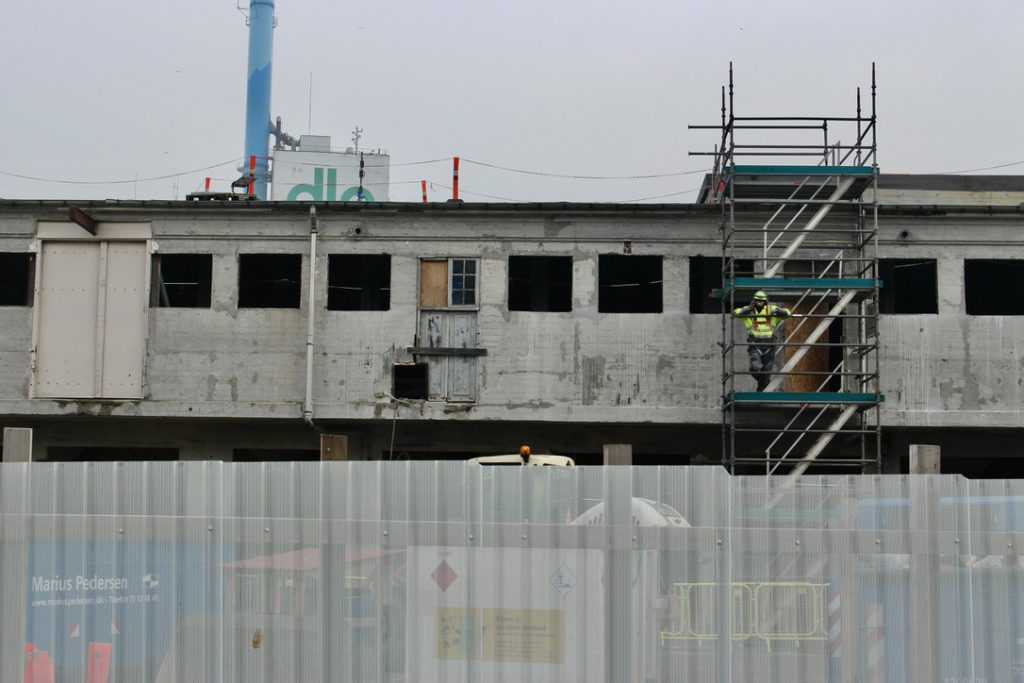
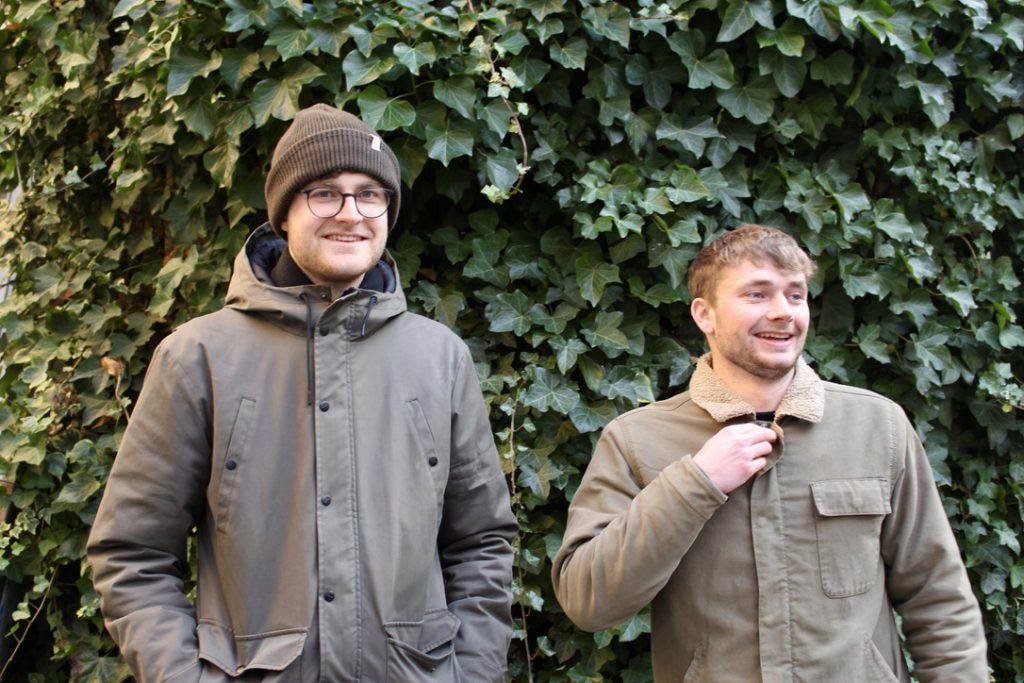
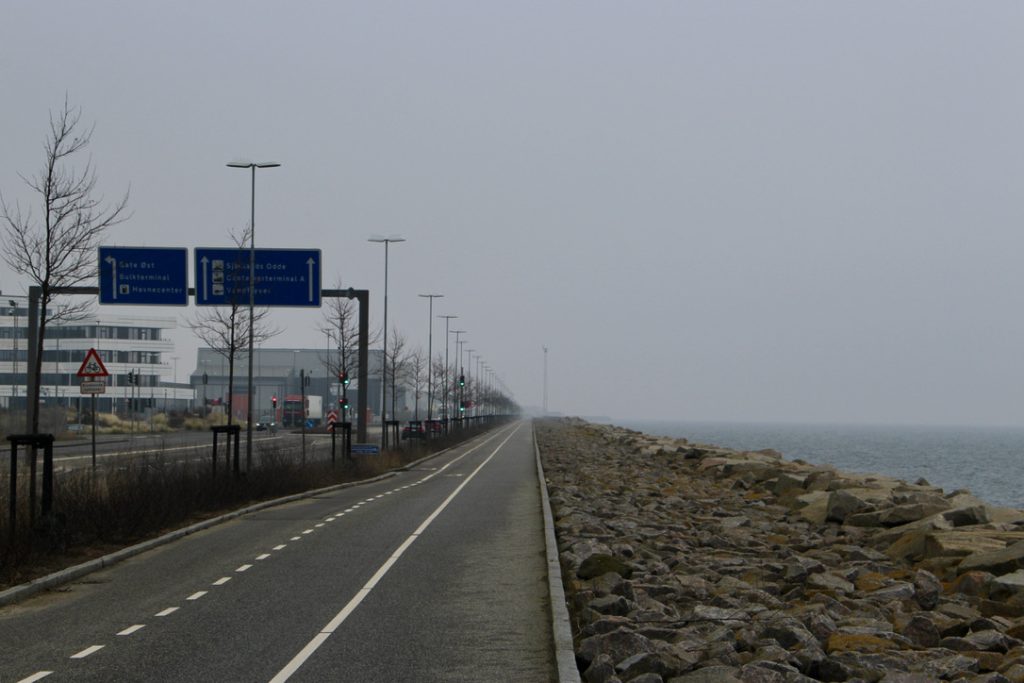
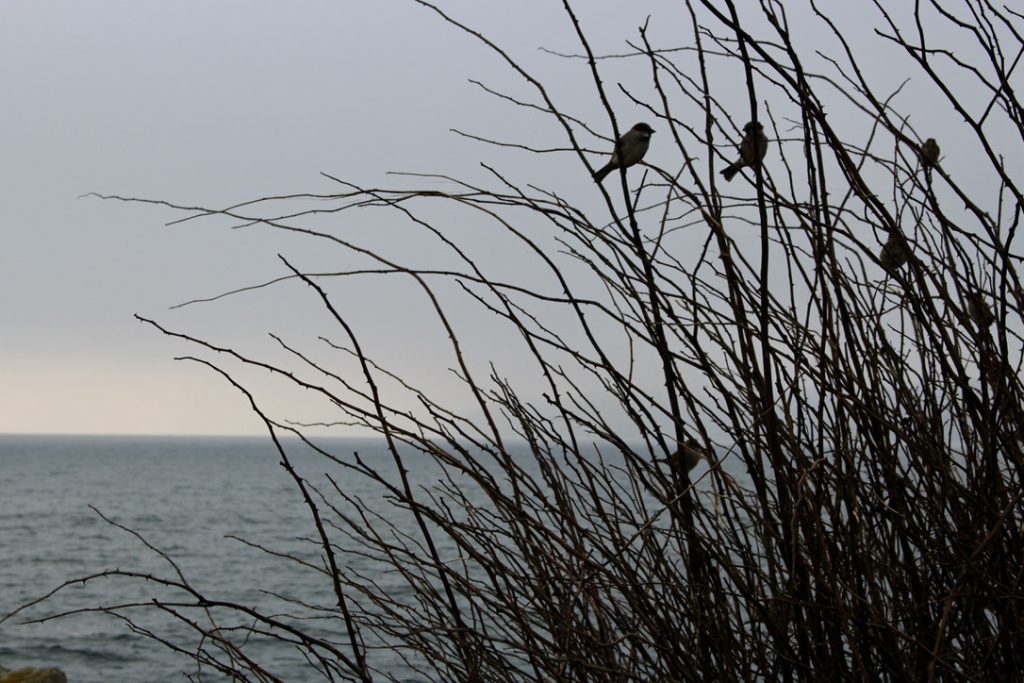
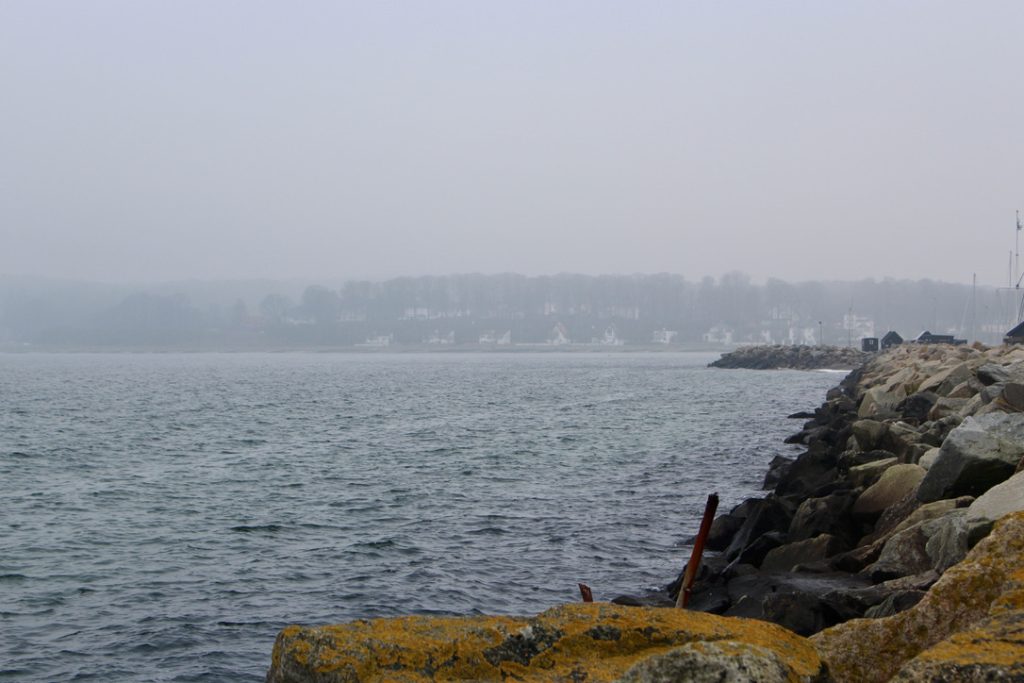

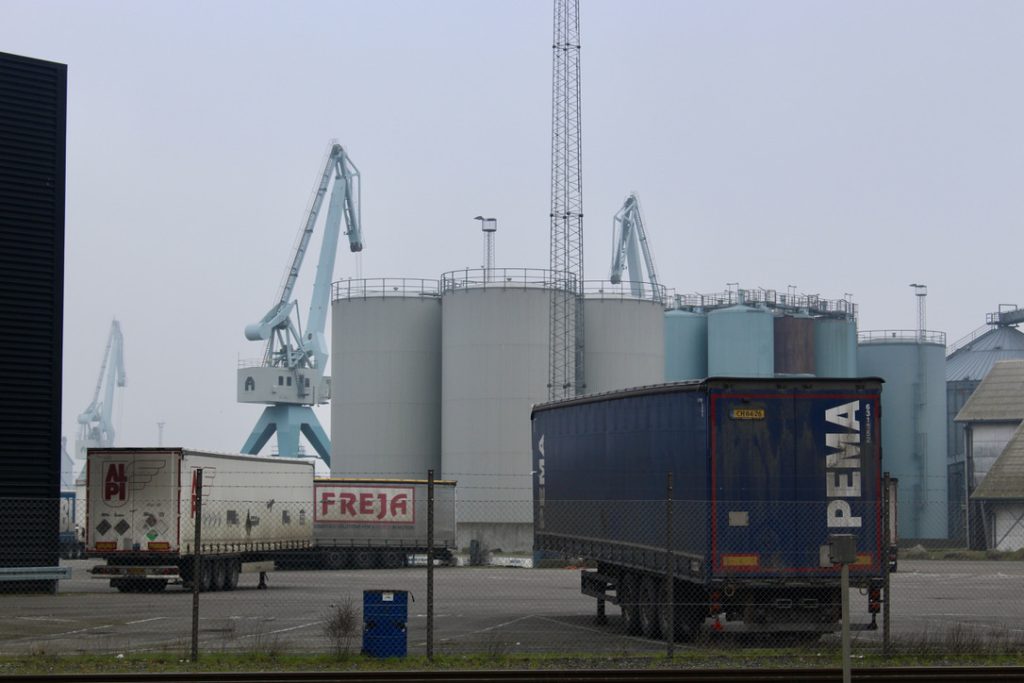
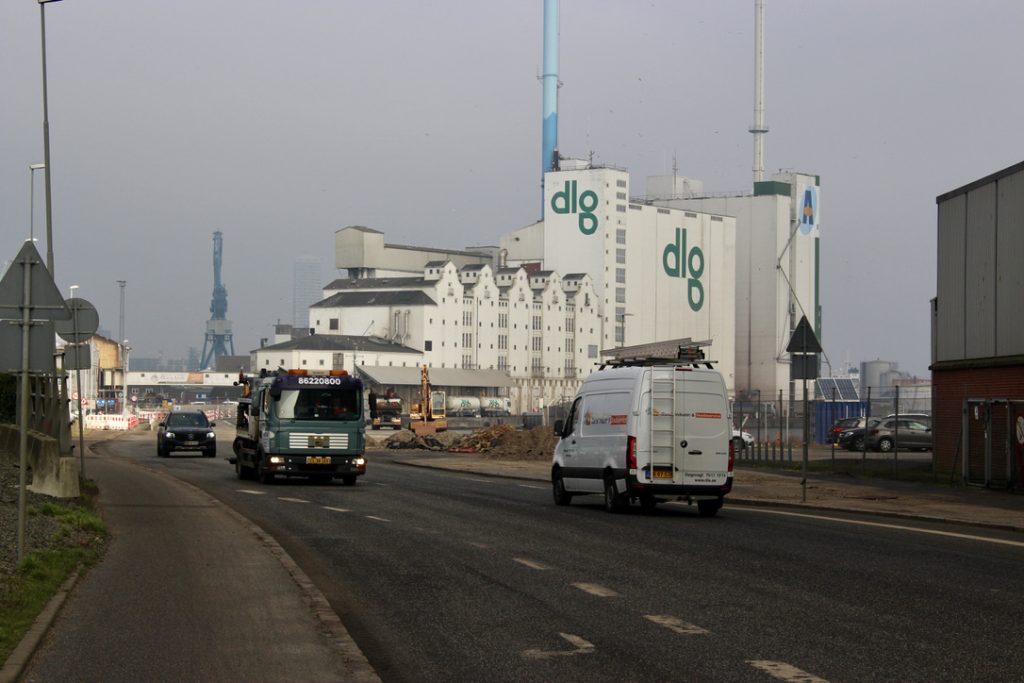
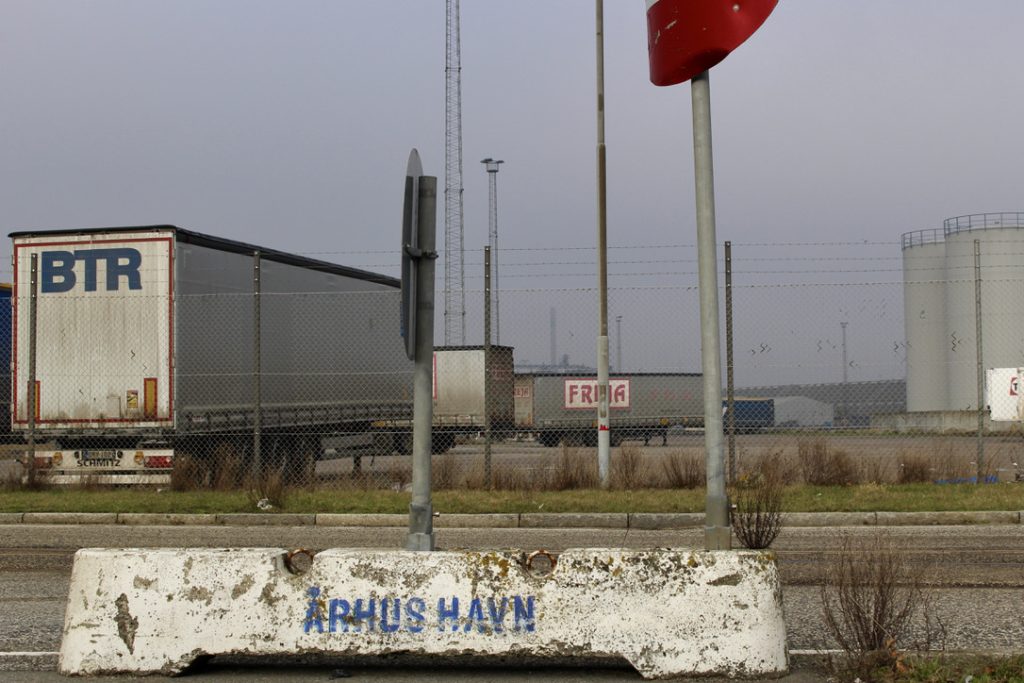
What growth?
The impulse to build comes from an expectation of economic growth and therefore a need to enlarge the capacity of the Aarhus Port. But the last time there was a notable increase in tons of freight moved in the largest container port in Denmark, was in 2007, when around 12 000 million tons were moved. Ever since, the number has notably decreased and is fluctuating roughly around 8 000 million tons yearly. “They would go to great lengths to make sure that the economic activity of the harbor is not hampered by lack of space. And once they have the construction permit, they could use the area for other things if the harbor turns out to not need them,” thinks Marcus. “People are talking about deglobalization, going backwards …, it just seems dubious that there would be a need for such growth,” Carl Emil agrees.
Harbor to repay the environment
The new harbor agreement is bound by a set of conditions, which should balance the impact on the environment according to the Aarhus Port and the city council. Five hectares of the construction are planned to become a nature and recreational area. Amongst other things, the council promised to build a solar island, to plant eelgrass, which has a healing effect on the marine environment, but mainly to still investigate possible alternatives and promise to not expand any further after all phases of construction are finished.
